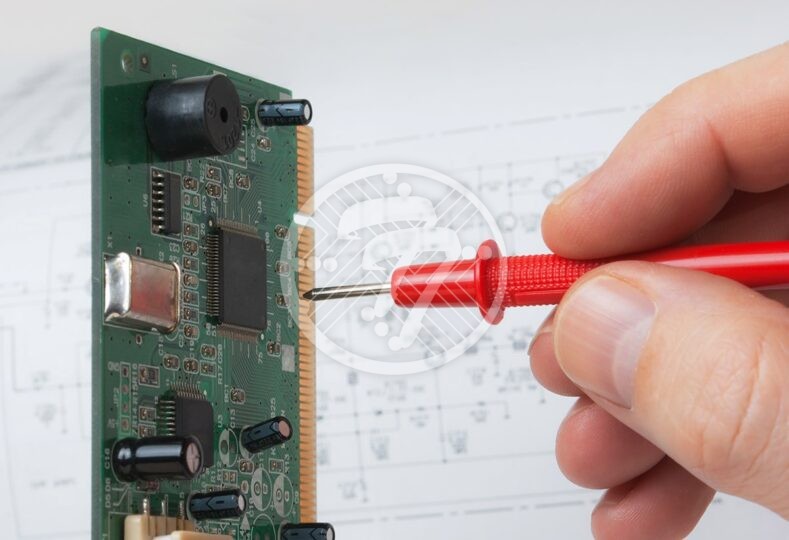Why PCB Post Cleaning After the Rework Process is important?

There has been a lot of talk around the “no clean” process when it comes to PCBs. The reasons for choosing the no clean process are many- beginning with reduced cost per assembly, reduced cycle time as also reduced material handling defects. In addition no clean also comes with the added benefits of reduced cost of cleaning that accrued from reduced floor space, water, chemicals and more.
However PCB cleaning is important on many counts, most important being its functionality. In case any residue remains it can prevent the circuit from functioning properly. The other reason is incompatibility with downstream processes on account of no cleaning. For example a thorough cleaning process is required before an even distribution of coating is possible. Coating without a cleaning process can result in adhesion and reliability issues.
Some of the other reasons that favour the PCB cleaning process:
- Flux residues cause conformal coatings to fail.
- Flux residues make visual QC inspections hard to do
- Flux residues on high-voltage systems is a major issue
- Flux residues make the process of troubleshooting extremely hard
Once you have decided that you need to go clean after the PCB Assembly Rework, the cleaning process needs to be consistent. There are tools that can be used to test the cleaning process efficiency such as ionic contamination testers for on-site testing.
With electronic components getting more and more thin, a major issue however that needs to be guarded against is moisture sensitivity. In cases where water soluble fluxes are being used or there is flux residue remaining and washing it off is a necessity, what is important is proper drying so that the components are protected against moisture and thereby damage. In fact not just cleaning and drying, there is also an increasing need of a baked out procedure.
IPC-1601 offers complete guidance when it comes to bake out tables. The amount of open time that the board can be without baking is really determined by the environment the board is in. The other factor that determines whether a bake up procedure is required is whether an on-line or batch washer was used for cleaning. Also in case there are areas that can entrap water, a bake out process becomes necessary. Moisture is known to be entrapped inside connector pins, under ICs and other such components. If a bake out process isn’t performed what is likely to happen is that the trapped moisture can impact reliability as also skew test results in case of electrical tests. The need for bake out is also impacted by the type of drying system used. Typically, if an air knife is used, the chances of requiring bake out are high. On the other hand, if convection heat technology is used, the chances for requiring bake out as significantly lower.
The dry out process also depends upon the type of material used for making the PCB. The thermal profile of the wash process also affects how much water will be absorbed by the PCB. The more hydrophobic the board, the less water it will absorb. If the wash systems are so chosen that the board temperature increases steadily, the board is likely to become more hydrophobic.
This is not to suggest that over baking should be indulged at any time. In fact overbaking has a whole lot of issues of its own and can lead to defects in the assembly. With oxidation rates increasing with heat, it can impact the wetting action of the solder.
Is it possible to measure PCB Water Absorption?
Indeed it is and one of the simplest ways to do that is to weigh the board before and after drying. The difference in weight can in fact be used to arrive at optimal pre-bake temperatures.
To ensure that the absorbed moisture is fully taken care of, the boards are best left stacked in a rack for as much as four hours depending of course on the thickness of the board. They are best not stacked one on top of the other as that makes the drying process difficult. Post the drying process the board needs to be stored carefully in a bag or dry box. The bag needs to be vacuum sealed so that relative humidity is low.
In case baking out is required after cleaning it needs to be done for a period of 2-4 hours at a temperature of 105 degree Centigrade. Alternately a 65-degree temperature is also ideal if the process is done for 8 to 24 hours.
Despite increasing “no clean” claims, easy to clean fluxes and solders, therefore are the need of the hour.
With having a combined extensive year of experience in PCB fabrication, PCB prototyping, PCB assembling and PCB rework, TechnoTronix has created a strong customer base for varied industries to shape up new trends for PCB manufacturing across the globe. Drop an email to [email protected] to get proper consultation or share your requirements to get a perfect PCB with a cost-effective strategy, or give a call 714/630-9200!






